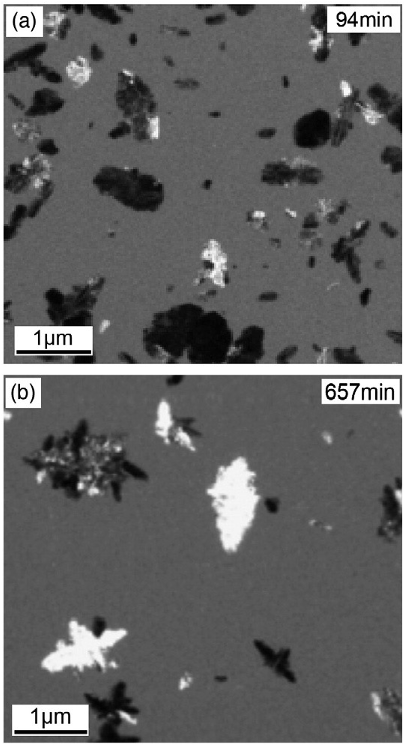Q1. What contributions have the authors mentioned in the paper "A comparison of grain nucleation and grain growth during crystallization of hwcvd and pecvd a-si:h films" ?
Even though the bonded hydrogen evolves very early from the film during annealing, the authors suggest that the initial spatial distribution of hydrogen plays a critical role in the crystallization kinetics, and they propose a preliminary model to describe this process.


